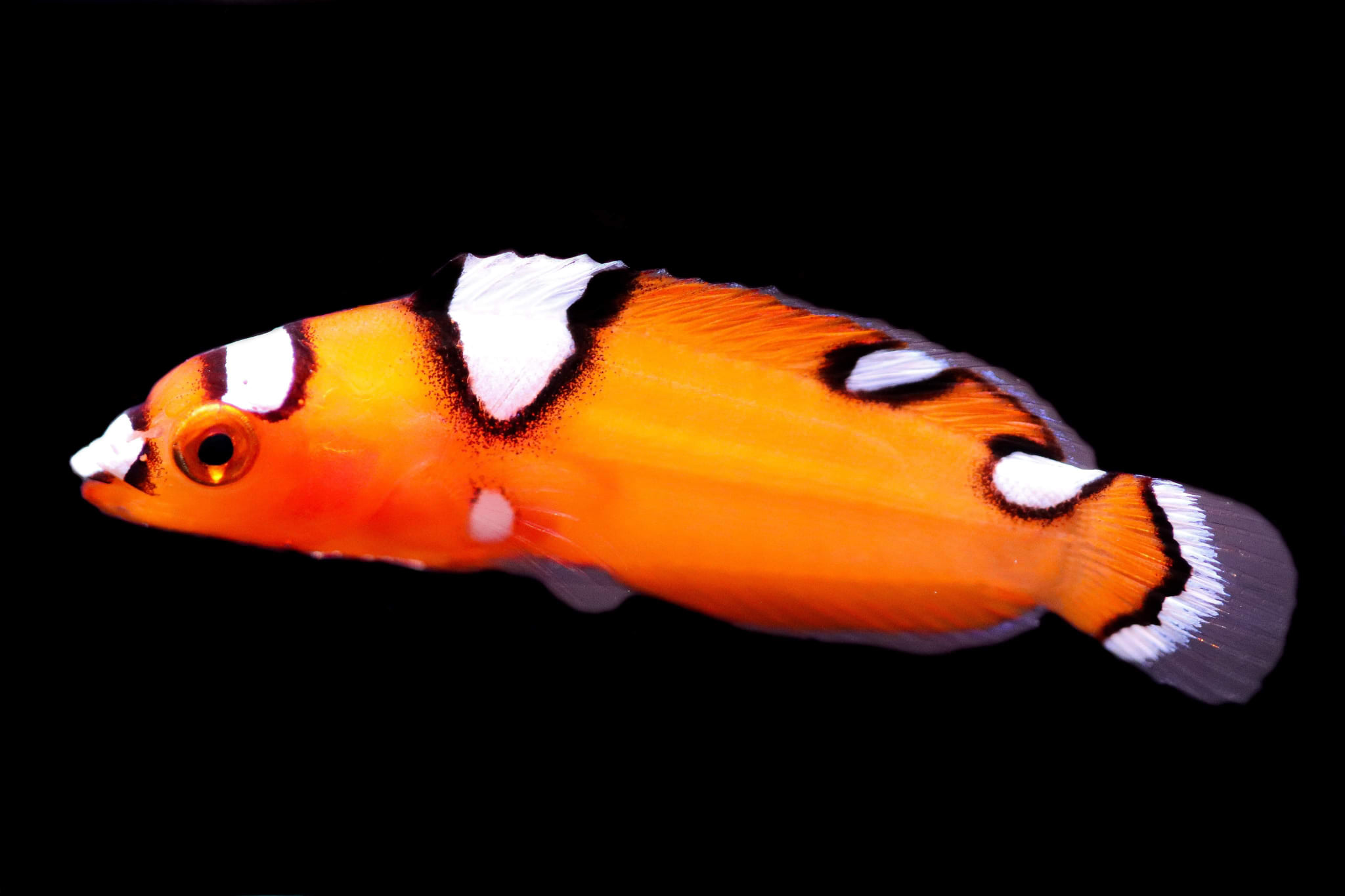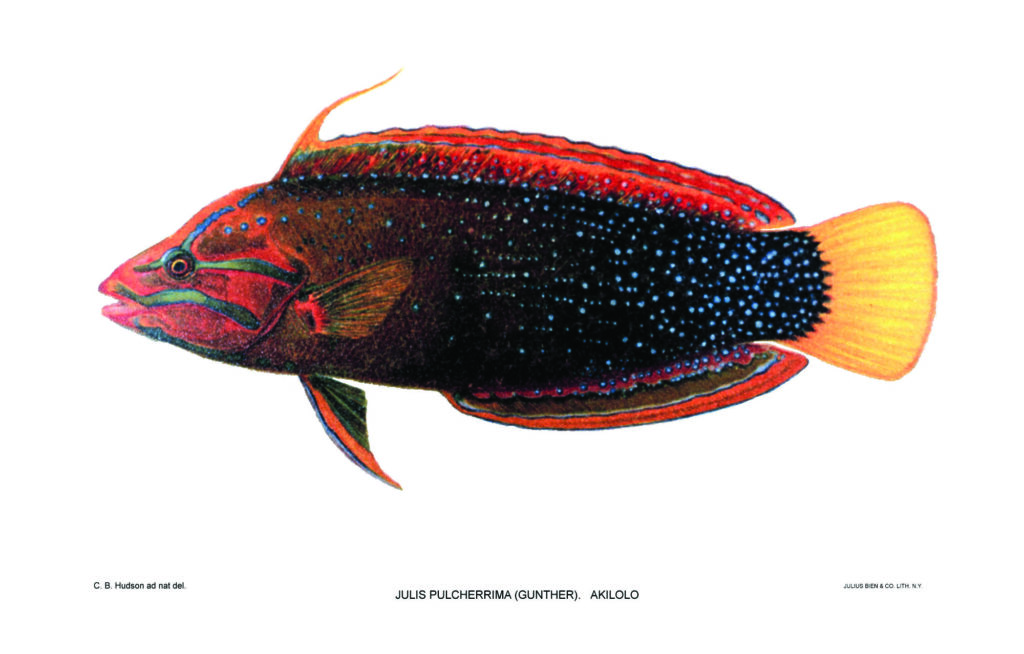
Newly-announced from Biota’s Hawaiian facility, check out the world’s first captive-bred Coris gaimard, generally known as the Red Coris Wrasse.
via Biota Aquariums
So we were going to wait to announce this amazing addition to our list, but the colors are just too Christmas-y. This new Red Coris Wrasse (Coris gaimard) was cultured at our facility in Hawaii and will be available in January among some other new species we will be announced then! Have a great holiday season and we look forward to sharing more pictures soon!
The world-first captive-bred Red Coris Wrasse will be available in extremely limited quantity (less than a handful) sometime around early to mid-January. If you’re as excited about these guys as we are, get a hold of your local fish store now in order to secure one for yourself today!
This beautiful little fish seen here in its early life still see-through and getting some color to it, will eventually transition to an amazing red/green body color adorned with bright blue specks and yellow tail. Truly an amazing addition to our list of captive-bred livestock and list of world firsts.
###
Editor’s Notes: The adults of this species transform into spectacular fish, losing the red overall pigmentation and growing to a full size of more than 10 inches (25 cm) with a maximum record of 13.7 inches (35 cm). They are safe with corals but will consume many desirable reef invertebrates, including snails, shrimps, crabs, clams, and even urchins, and are known to overturn rock and rubble in search of food, so they are more often thought of as ideal inhabitants of fish-only aquariums. Coris spp. wrasses require a bed of fine sand in which to bury themselves at night.





